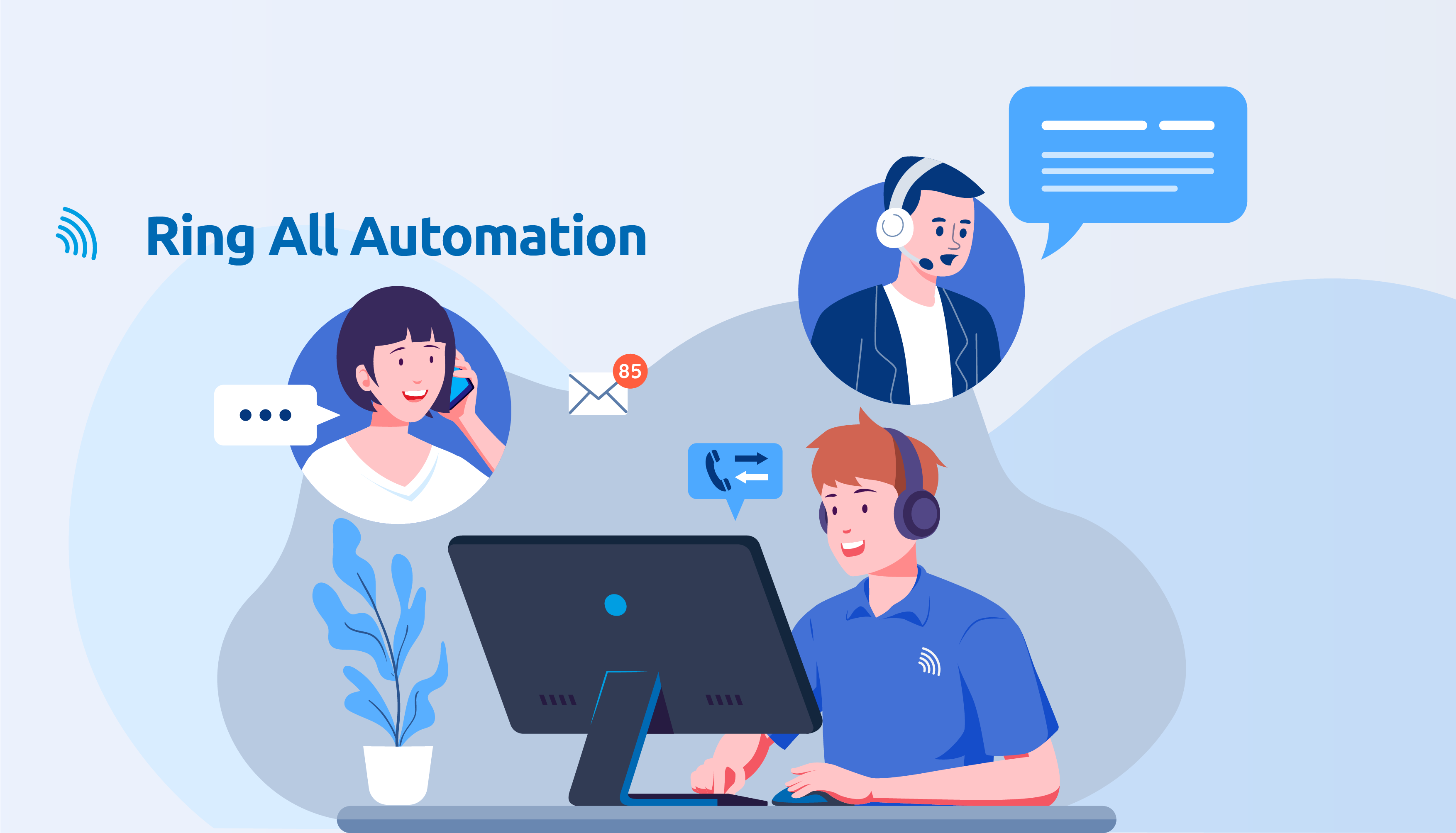Greece’s tourism and hospitality sector continues to attract visitors from around the world, creating high demand for...
Stop call diversion: Discover ring all automation
With digital transformation established in our country, the era of traditional call diversion has come to an end. The ring all feature changes the way inbound calls are managed for freelancers, groups, and small businesses. Discover how this innovation can enhance your business communication, ensuring no calls are unanswered.
Restrictions on call diversion
Call diversion, although it constitutes a useful feature, it has some limitations. Initially, it is not an automated process, but a digital command that requires manual enabling and disabling. It only works for diverting calls from one number to another, without the possibility of calling multiple users.
Furthermore, it is not a comprehensive professional communication solution that includes functions such as voice welcome or operating hours. It is just a solution for a short time until the professional finds the communication solution that best suits him.
What is ring all automation?
Ring all automation allows simultaneous calls to multiple devices. Through this feature, incoming calls are routed simultaneously to all members of a team or department, thus enabling efficient call management by clients or partners.
This means that incoming calls will be answered by any member of the team available, ensuring in that way reduced waiting times on the audio and an increased answer rate.
Differences between ring all and call diversion
Diversion is a digital command that directs calls from one number to another, without giving other management options.
On the contrary, ring all is an automation that activates multiple devices simultaneously, increasing the probability of a response. It is a more professional approach to communicating with customers. An example of using ring all would be the case of working with a virtual assistant, where the call rings simultaneously on your device and your remote secretariat device.
You receive a call, your assistant answers it, and only if it necessary he/she sends you the line.
Differences between ring all and call group
The differences between ring all and call group mode lie in how incoming calls are managed. Ring all activates simultaneous calls on multiple devices, allowing the first available user to respond, while the call group organizes users in a priority order for receiving the call.
That is, in the first case the call is answered by whoever sees it first while in the second case, the call rings three times to the first device, if it is not answered, it goes to the second, then to the third, etc.
How do I enable ring all automation?
The activation of the ring all function at Voiceland’s Cloud PBX is easy and free of charge in all of our packages. Once your call center is activated and in the process of configuration, our team of technicians unlock the ring all feature for you and you can use it already from the first day of activation.
What is the cost of ring all automation?
The feature of ring all in the Voicelite package is offered free of charge. It is an extremely useful tool for improving your customer service, especially in the development stage of a small business. You only pay for your talk time – 120€ per year – and your call center is activated with all basic automations, including ring all.
OUR NEWS
#Voiceblog.
Explore the world of VoIP telephony and
Cloud PBX through our articles.
Communication is the heartbeat of every business — even when your team is small or just getting started. BlueLite by...
If this summer you're looking for a professional Cloud phone system with a VoIP number, 100+ features, and maximum...





